Former investment manager Rudy North has a challenge for the world’s wealthiest people: why not put money behind a big, bold, ambitious environmental cause?
It’s a question that needs asking. Headlines make it seem that environmental awareness is booming and eco-philanthropists are shoveling cash into good causes but the numbers tell a very different story. Just two per cent of Canadian philanthropy goes to environmental causes.
Wealthy investors pour money into empty homes in Metro Vancouver every day. Rudy North set out to save the homes of British Columbia’s bears, wild salmon and humpback whales in the magnificent Great Bear Rainforest. The Vancouver-based founder of North Growth Management (a Globe and Mail “best performer” among U.S. equity funds) doesn’t mince words when asked why:
“Why not?” he scowls. “What else should I do, go buy myself a Ferrari?”
Sitting at his desk in a downtown office surrounded by high-rises and concrete, North calls himself a “fish geek” at heart, someone who would rather spend his day on a boat along the Fraser River. He’s as passionate about wild salmon and ecosystems as his colleagues are about the stock market.
And as far as fish habitats go, it’s hard to find a place more astounding than the Great Bear Rainforest on the northern B.C. coast. This remote coastal rainforest — the largest in the world — is home to more than 2,500 wild salmon runs.
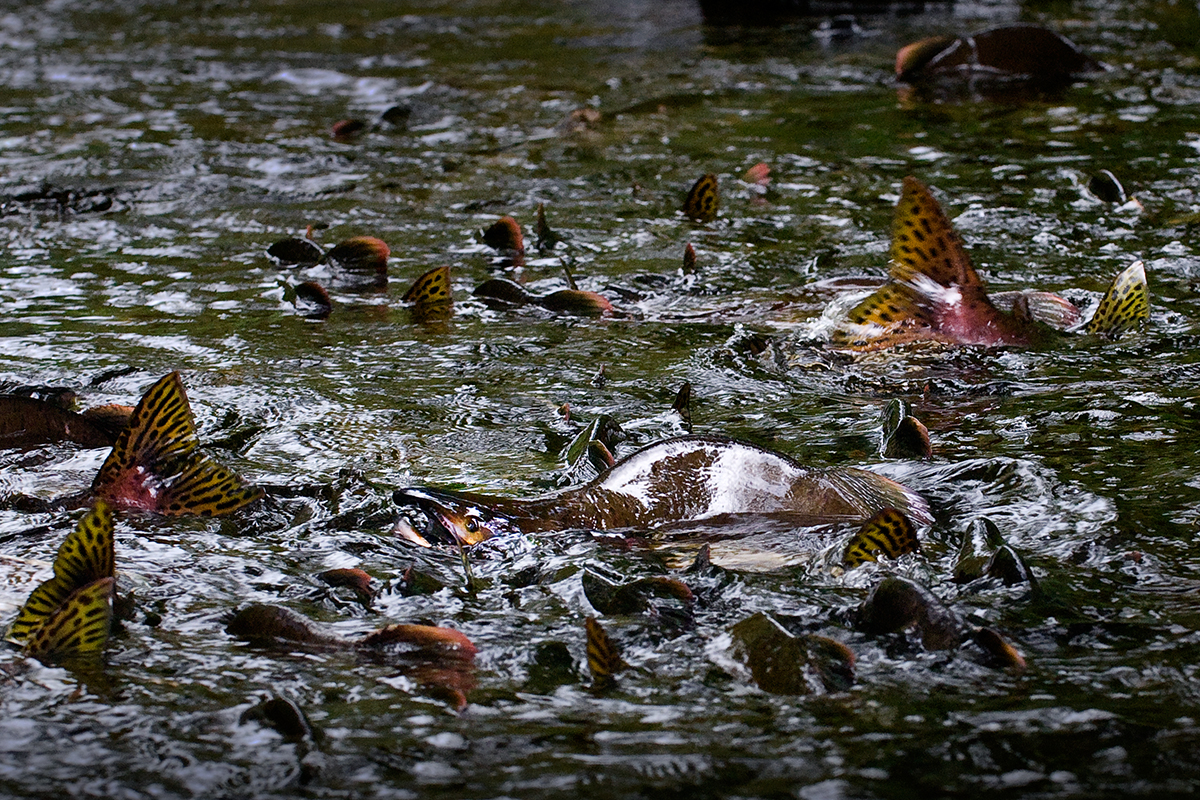
In the fall, estuaries in the Great Bear Rainforest run thick with salmon. In one of the wondrous cycles of nature, these spawning salmon will be scarfed down by bears and wolves that, in turn, fertilize the valley soils to grow some of the most majestic forests on Earth. In the protected waters of the Great Bear Sea, groups of humpback and fin whales swim freely through marine waters, their songs still undisturbed by oil tankers.
The Great Bear Rainforest has been splashed across the covers and headlines of the world’s most esteemed publications, from National Geographic to TIME magazine, Der Spiegel, and innumerable others .
“You’ve got an area as big as Great Britain of pretty much pristine temperate rainforest,” says North. “It’s completely unique in the whole world.” North found himself in a unique position too. It would fall to him to rally Canadian philanthropists to protect the area.
“How could anyone not get interested in that? Why isn’t everybody passionate [about the environment], and aren’t they all exposed to it when they live here, you know? This is the last chance to save something. Being fixated on white spirit bears or whales, or even salmon, is kind of missing the point. They’re part of the whole, but none of it exists unless you preserve the forest.”
Today, the Great Bear Rainforest is an international success story and North’s comments sound eminently sensible, almost obvious. But back when the area needed financial champions, North was a lonely voice on a “discouraging” mission.
A grueling funding process
The stories we most often hear about the Great Bear Rainforest agreement focus on activists who chained themselves to trees, forestry executives who sat down with environmentalists, and First Nations who masterminded government-to-government negotiations with the province of B.C. to ensure their traditional land would be properly stewarded in the years to come.
Less theatrical was the difficult process of finding the money to make it all work. Negotiators determined that $120 million was needed to fund ongoing conservation management and ‘human well being’ in the rainforest — a undertaking that helped establish conservation-based businesses for local First Nations, an absolute lynchpin to the success of the negotiations.
The federal and BC governments contributed $60 million. But the other $60 million had to be raised from private donors in Canada and internationally at a time when very few people with means wanted to donate to an eco-project.
Even today, despite an increased interest in climate and environment, environmental causes only attract two per cent of all charitable giving in Canada, according to investment research analyst John Grandy. Philanthropists traditionally prefer to see their funds go toward children’s hospitals or universities. Often toward research centres and scholarships that might bear the name of the donor.
Rudy North bucked the trend with a landmark contribution in 2006 which helped lay the foundation toward the conservation of the Great Bear Rainforest. At that point, environmental groups were emerging from 10 years of conflict and negotiation with the logging industry.
It was the breakthrough year for the conservation of the Great Bear — the parties agreed on 70 per cent protection of old-growth ecosystems, assuming they could muster the massive injection of financing for community economies.
To realize the Great Bear Rainforest agreement, money had to be raised for the “Coast Opportunity Fund”(COF) — a new organization set up to oversee public and private investments designed to secure the protection of the rainforest. The funds help First Nations to steward their traditional territories and develop sustainable, conservation-based businesses so they will not have to rely on unsustainable logging and resource extraction to build their future.
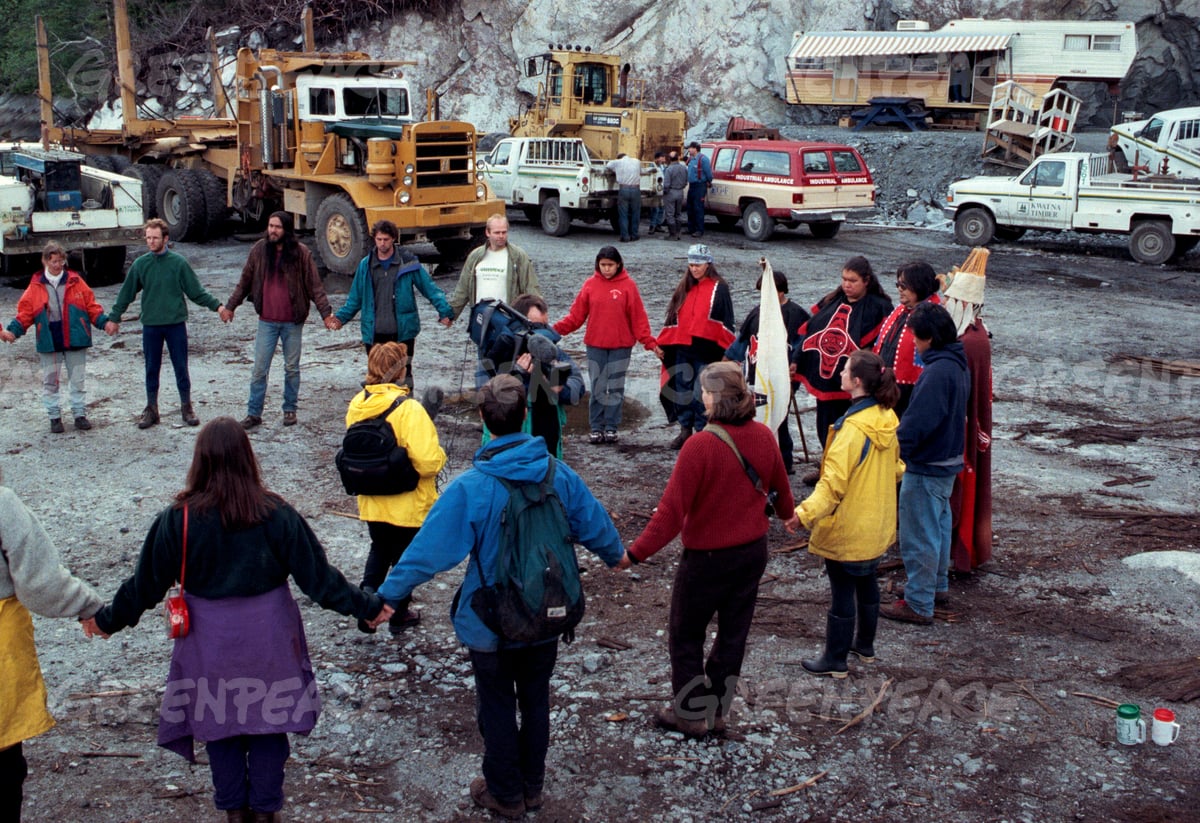
Tides Canada was working to help raise conservation capital for the Great Bear Rainforest and took on the daunting task of raising money for the Coast Opportunity Fund from Canadian donors. There was significant international interest in the initiative, but domestic donors were needed for the project to succeed.
The scale and complexity of the project made it uncharted waters. Nobody really knew if the effort would succeed at all. What the project desperately needed was an anchor donor to catalyze involvement by other Canadian philanthropists. Rudy North was a leading candidate on a very short list. A lot hinged on his reaction.
He put up a million dollars.
It was the perfect, bold gesture that the Great Bear Rainforest needed to succeed. But North admits today that he had no idea what he was getting into at the time.
“My wife was horrified”
Veteran campaigner and environmental activist Valerie Langer was part of the team that prepared the report exploring the option of conservation financing for the Great Bear Rainforest. She recalled that North did the “long and difficult” work of pulling together other funders to join him in funding the Coast Opportunity Fund.
“It was a tremendous effort by Rudy,” Langer recalls. “Rudy committed himself to this task, holding endless meetings, talking to colleagues, making the case in multiple forums for years…. Rudy once joked that people crossed to the other side of the street to avoid his asking them to contribute to COF.”
North frowns as he explains how difficult it was to get the funding together for the Great Bear Rainforest fund.
“For someone in British Columbia, it was like a social faux pas to say I’ll donate a million towards a project like this,” he sighed. “My wife was horrified when she heard what I’d done.”
Tides Canada CEO and president Ross McMillan, who has been working with North and his family for years around the Great Bear Rainforest conservation efforts, said that North and his family (who did get over their initial shock) were pivotal.
"The $1 million contribution to the Great Bear Rainforest capital campaign from the North family was the largest donation from a Canadian source, including businesses, individuals and foundations," McMillan said. "The fact that Rudy and the North family made such a significant commitment in the early days of the fundraising effort was essential to the success of the campaign."
North remembers that then-premier Gordon Campbell managed to bulldoze through support for the Great Bear Rainforest. But even with the provincial government’s backing, there remained the protracted, difficult work of getting money lined up.
“I waded in and donated a million dollars, but made it very clear to them that I’m not a fundraiser. But then six weeks later, Tides Canada came back to me and said, 'We respect the fact you don’t want to be a fundraiser, but we really want you to help stimulate interest about the Great Bear Rainforest in the business and donor community. Could you make some introductions for us?'”
A "rare" type of conservation advocate
The first word that came to North’s mind was ‘No.’ But he eventually relented, and pulled together the names of people who he believed might share his forward-thinking ideals and want to join the effort.
He had a list of likely candidates — people with deep pockets — who had actually donated money towards environmental research before.
“I maybe contacted six people directly. It seemed like 60, though, because it was so discouraging — there was absolutely no interest in giving money to the Great Bear Rainforest,” he lamented. “It was the most discouraging little episode in my life.”
One Vancouver tech industry entrepreneur, Andrew S. Wright, joined North, throwing himself into the world of conservation and documenting the Great Bear Rainforest through his camera lens.
Over time, others joined but despite the public’s imagination of British Columbia as a province full of well-to-do environmentalists, the process was agonizingly slow and often seemed to teeter on the brink of failure.
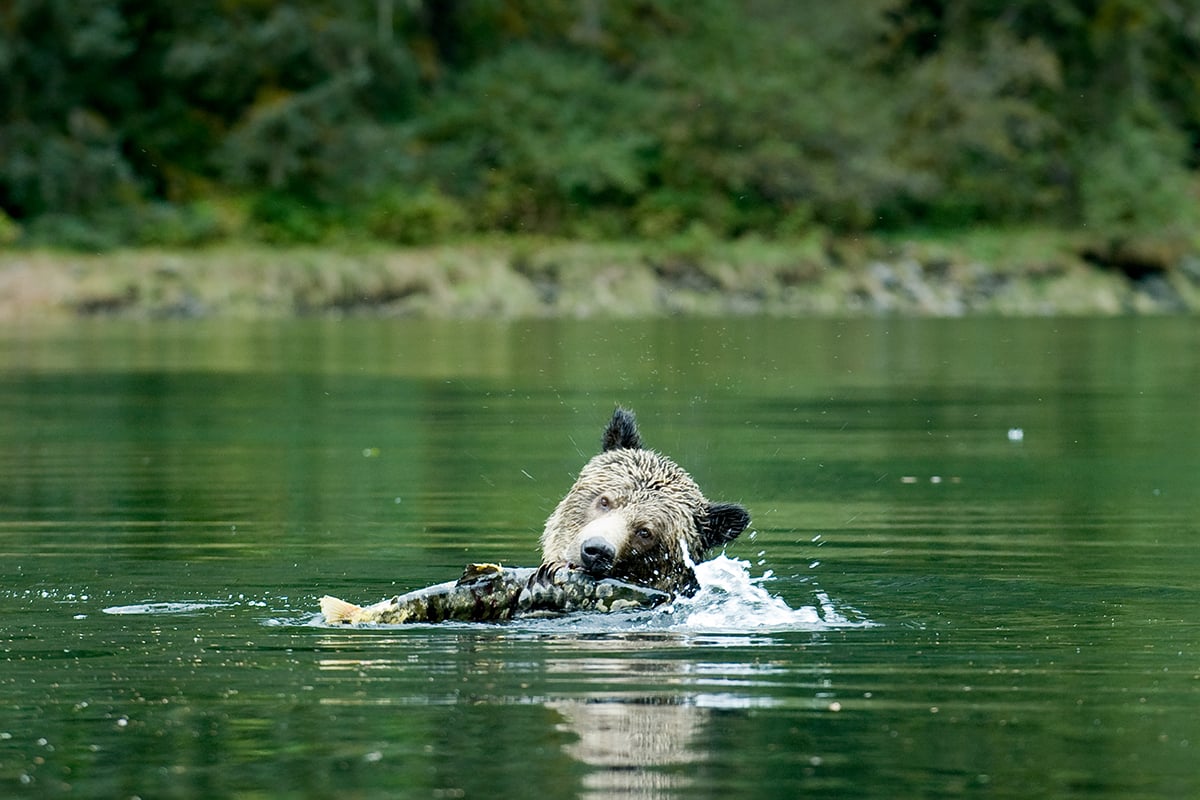
Even when the funding came in, there would still be another decade of tense negotiations between stakeholders to come.
“I agonized about the delays and all the deadlines that weren’t met and all the setbacks,” said North. Even through he wasn’t directly involved at the negotiating table, just hearing about it was very emotional for him, having put so much hope on conserving the forest.
“It was the longest 10 years of my life."
McMillan recounts how North's steadfast support for the project helped see it through:
"Rudy is a rare philanthropist and conservation advocate — he sees solutions when others see problems. He speaks truth in the face of spin. And he won’t shy from a fight if the cause is just, however bleak the odds."
Eventually, in February 2016, the provincial government announced that 85 per cent of the old growth forest in the Great Bear Rainforest would be protected in an ambitious agreement that garnered the support of the timber industry, environmentalists, First Nations and politicians. Those who stepped in early took a huge risk but they successfully brought home the final Great Bear Rainforest agreements.
The great “bleeping mess” of unsustainable consumption
North is a third generation Vancouverite, whose grandparents arrived in Vancouver in 1886, and built a large farm on Sea Island where the Vancouver Airport stands today.
He grew up hunting (“I gave up on that as I got a little bit older, partly because my eyesight was terrible I was never going to hit anything,” he says), and catching fish. North often went salmon fishing with his family, and developed a fascination that would last a lifetime.
“You go out and you catch something, you know, lots of action. It hooks you — bad pun,” he jokes.
For much of his youth, he spent his free time “mucking around the shores of the Fraser,” dreaming of becoming a fisheries biologist. The environmental movement hardly even existed at the time, and the concept of protecting animal habitat was almost entirely absent from public dialogue.
He remembered reading about environmentalist Rachel Carson in university, whose seminal Silent Spring had just come out in 1962. But there was no department of environmental science at the time, and even students like North, who were fascinated by nature, would usually go into “real” careers. In North’s case it would be business and finance.
As fate would have it, North’s career choice enabled him to make a massive contribution to safeguarding the natural world he loved as a child. Since the investment in the Great Bear Rainforest 10 years ago, his leap of faith has inspired other Canadian philanthropists toward conservation and he is now a dogged advocate in the fight to maintain a safe climate.
In his speech receiving an honorary doctorate of law from the Simon Fraser University in 2007, he declined to talk about his own career in finance, describing it as “pretty ordinary stuff.” Instead, he spent his time at the podium encouraging youth to think deeply about the pursuit of “material growth at a rate that is unsustainable over the long term, and that is destroying the natural environment upon which life as we know it depends.”
“You will not just be another generation on the treadmill of human existence,” he told the crowd. “You’ve been handed a great, bleepin’ mess, which is also the opportunity to launch a new era of human history which will ultimately prove more significant than the industrial revolution.”
He urged new graduates to develop a culture of “smart” growth, changing their lifestyles to be less harmful to the environment, and to make mainstream economic activity more sustainable.
“Things are changing really rapidly, and what’s more important is the fact that we have the ability to get off fossil fuels now. It’s not a pipe dream … you could get off fossil fuels by 2030, if you wanted to.”
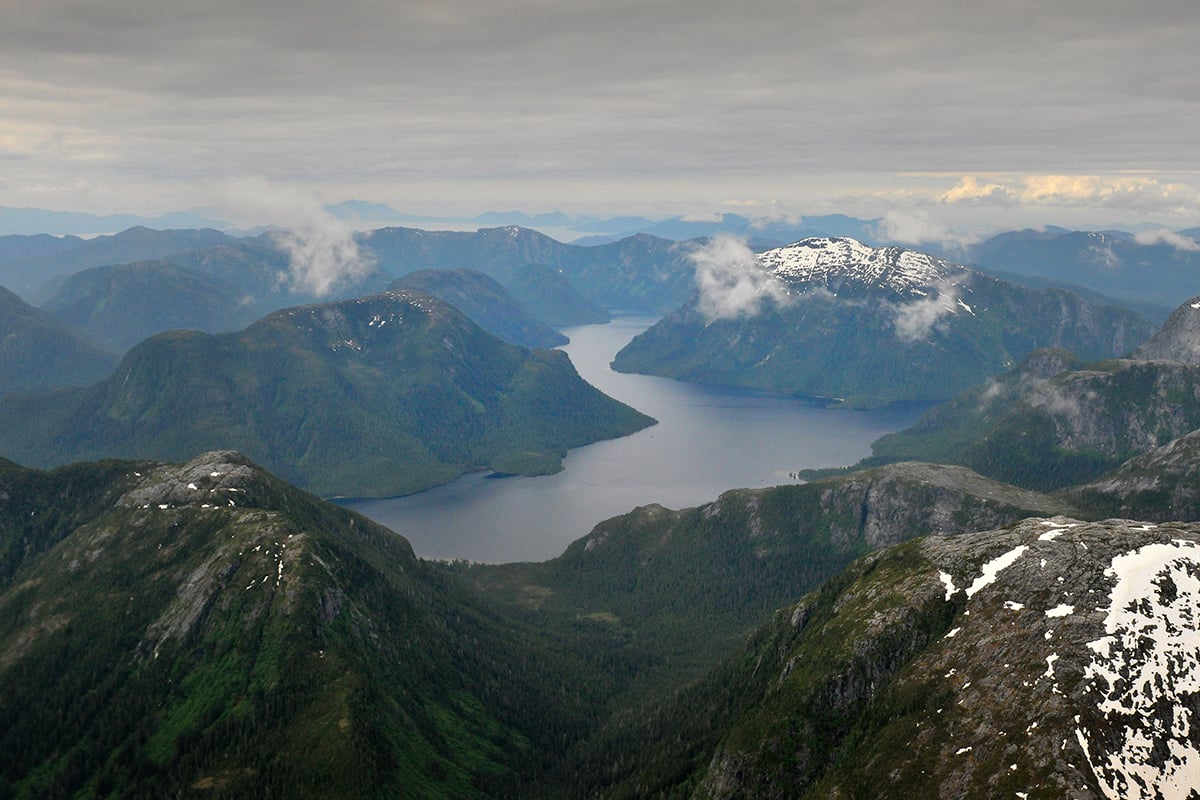
“Off fossil fuels by 2030….” That kind of vision allowed Rudy North to see the pathway to success for the Great Bear Rainforest. And that rapier qualifier, “...if you wanted to,” hints at the attitude that marries action to vision. Visionary funders like Rudy North enabled others to bring the gift of the Great Bear Rainforest to the world. If we are going to get out of “this bleepin’ mess” and keep the climate safe, visionary funders like Rudy North will be critical in catalyzing the innovation and creativity we need “to launch a new era of human history.”
This article is part of a series produced in partnership by National Observer, Tides Canada, Teck, and Vancity to highlight the stories, people, and history behind the Great Bear Rainforest conservation agreements. Tides Canada is supporting this partnership to foster integrated solutions for conservation and human well-being. National Observer has full editorial control and responsibility to ensure stories meet its editorial standards.




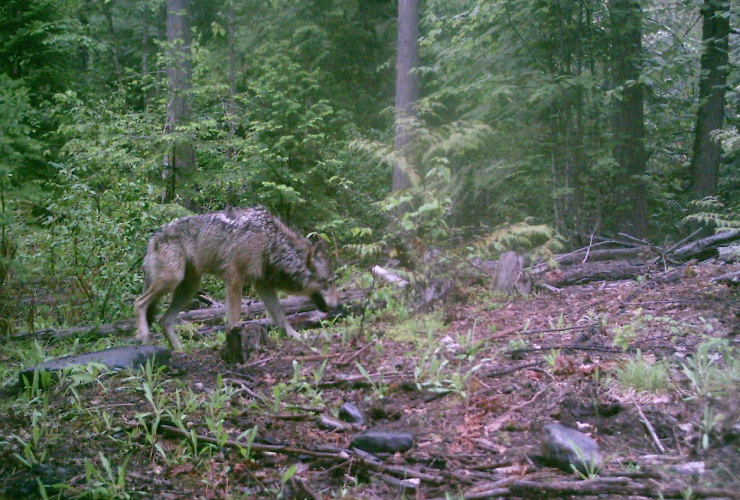
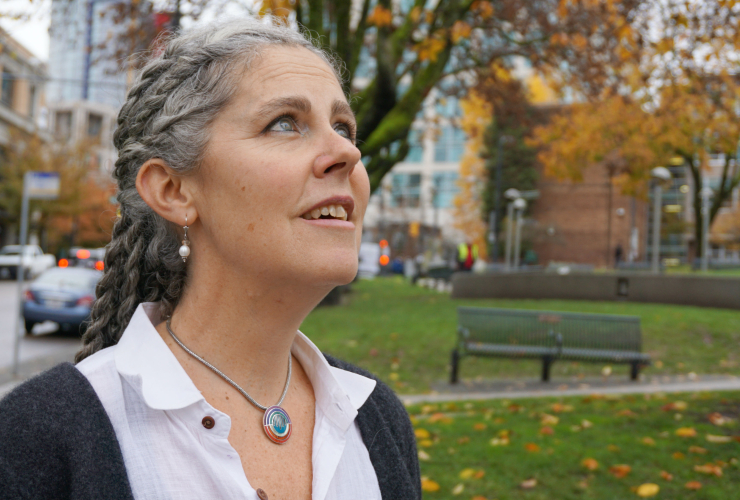
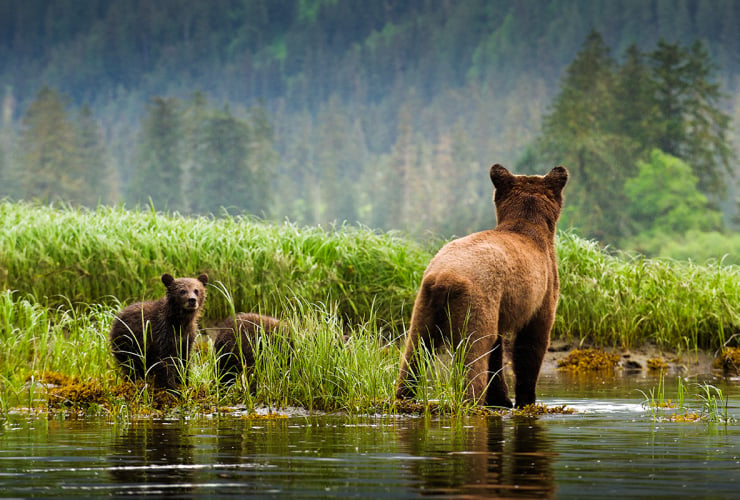

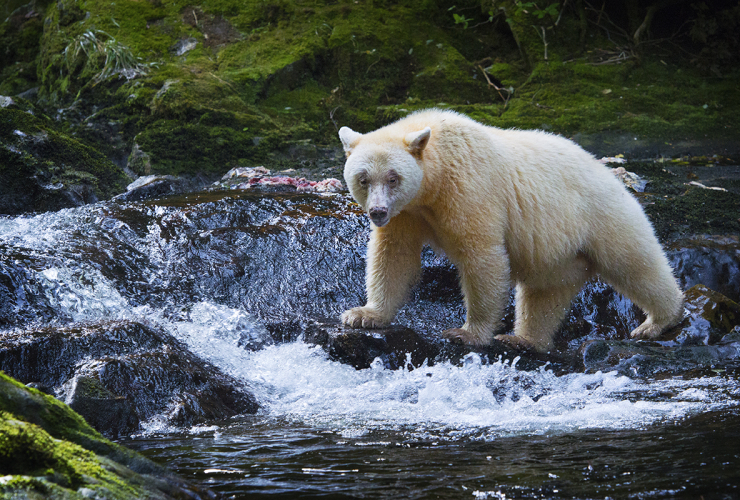

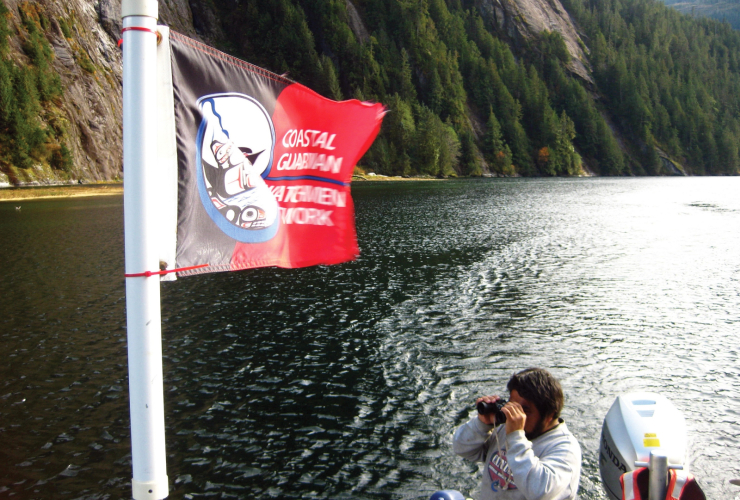
Comments